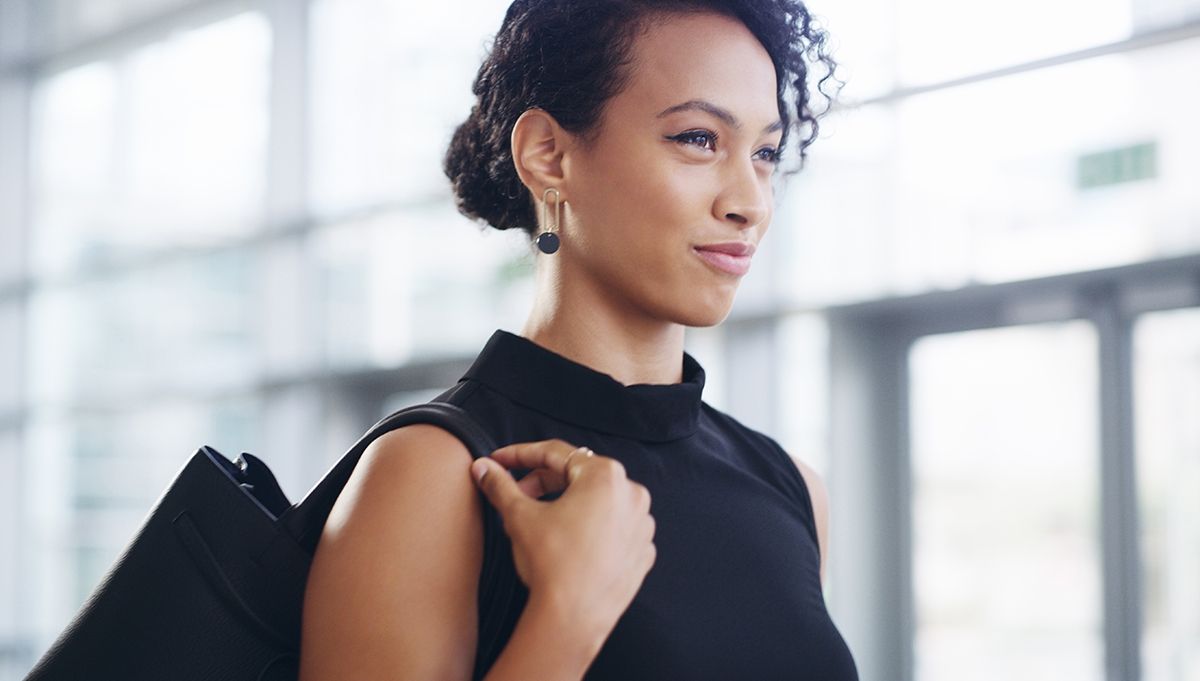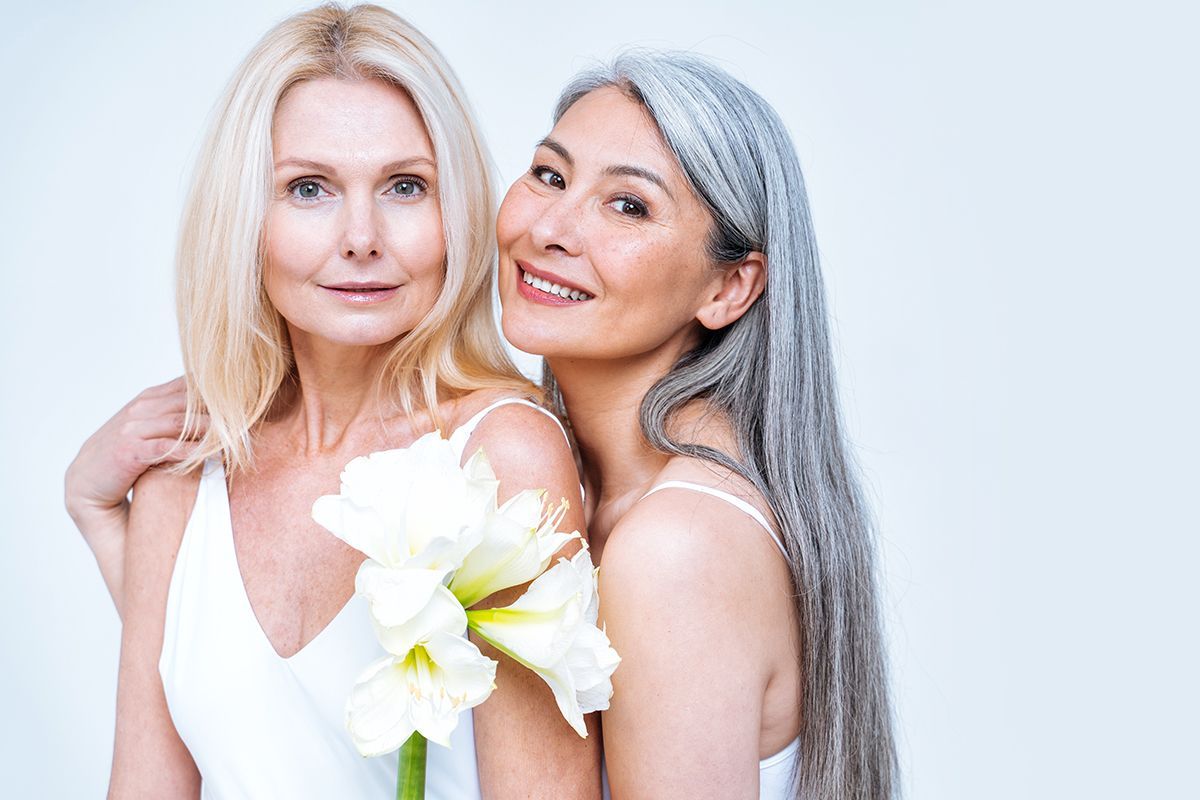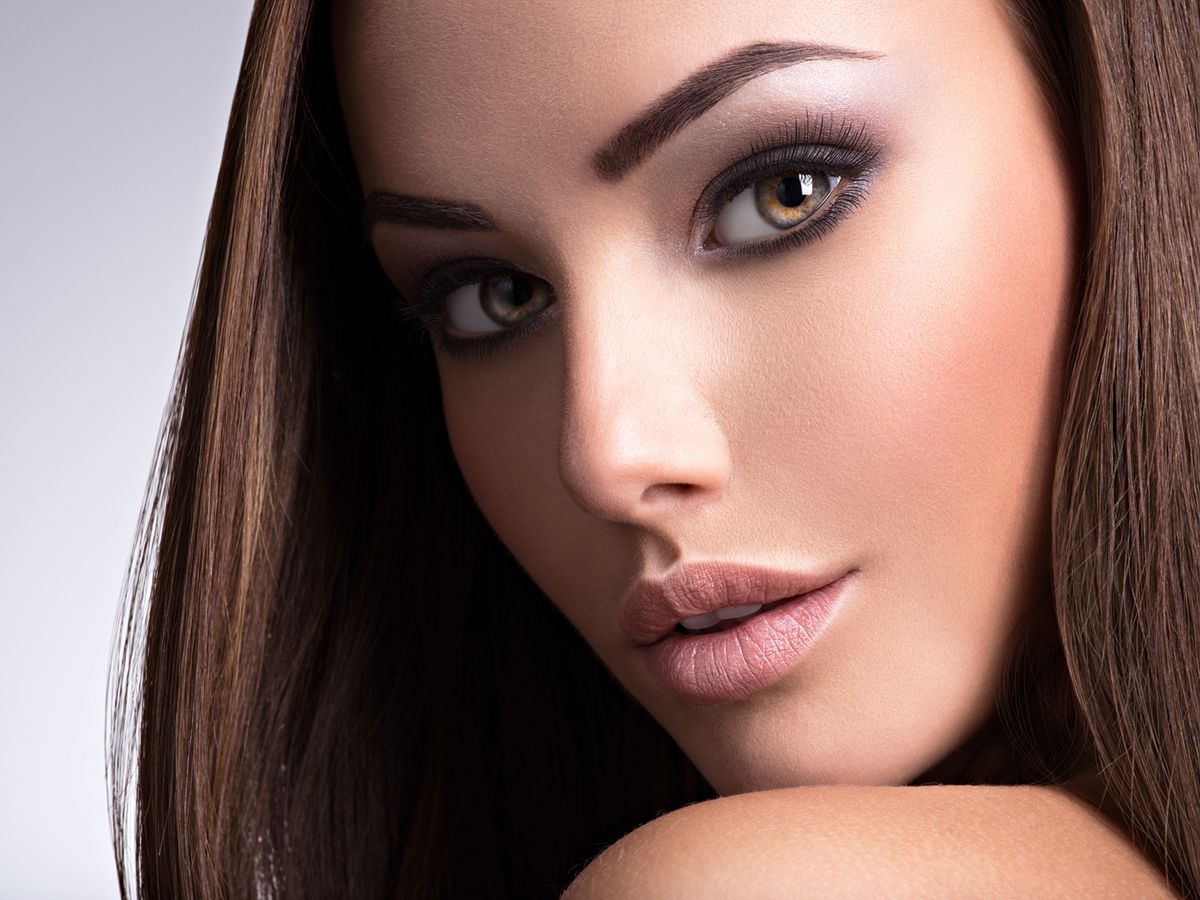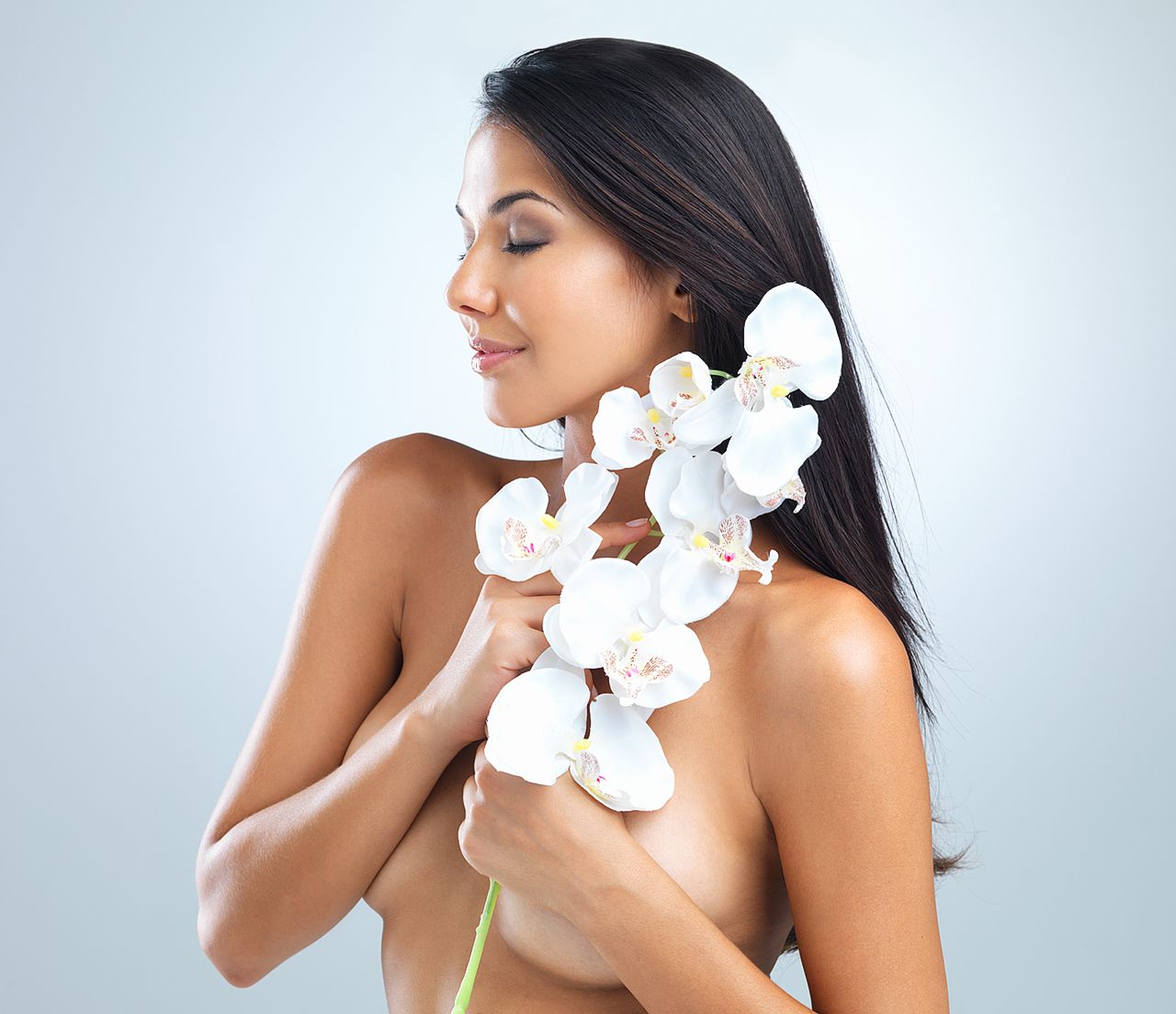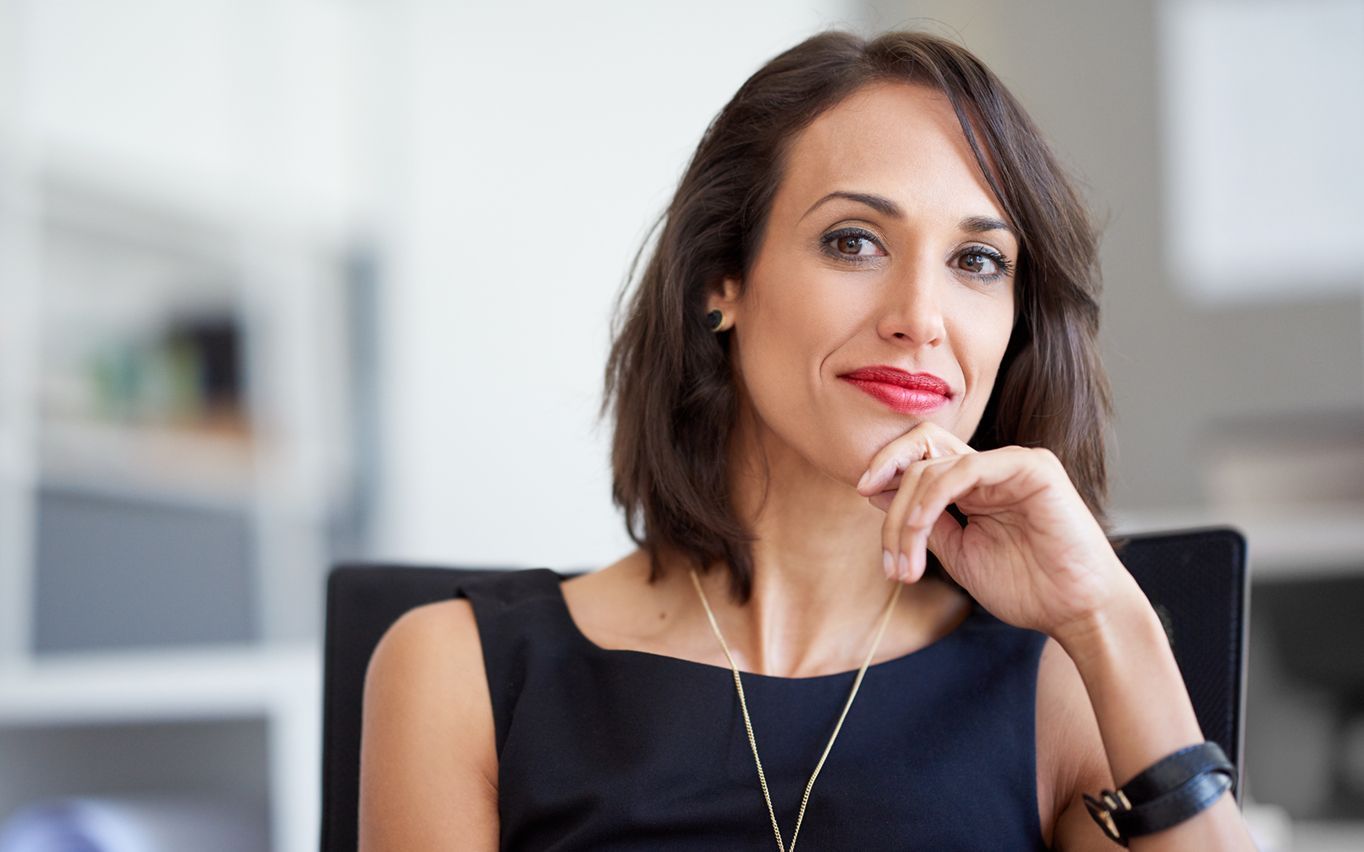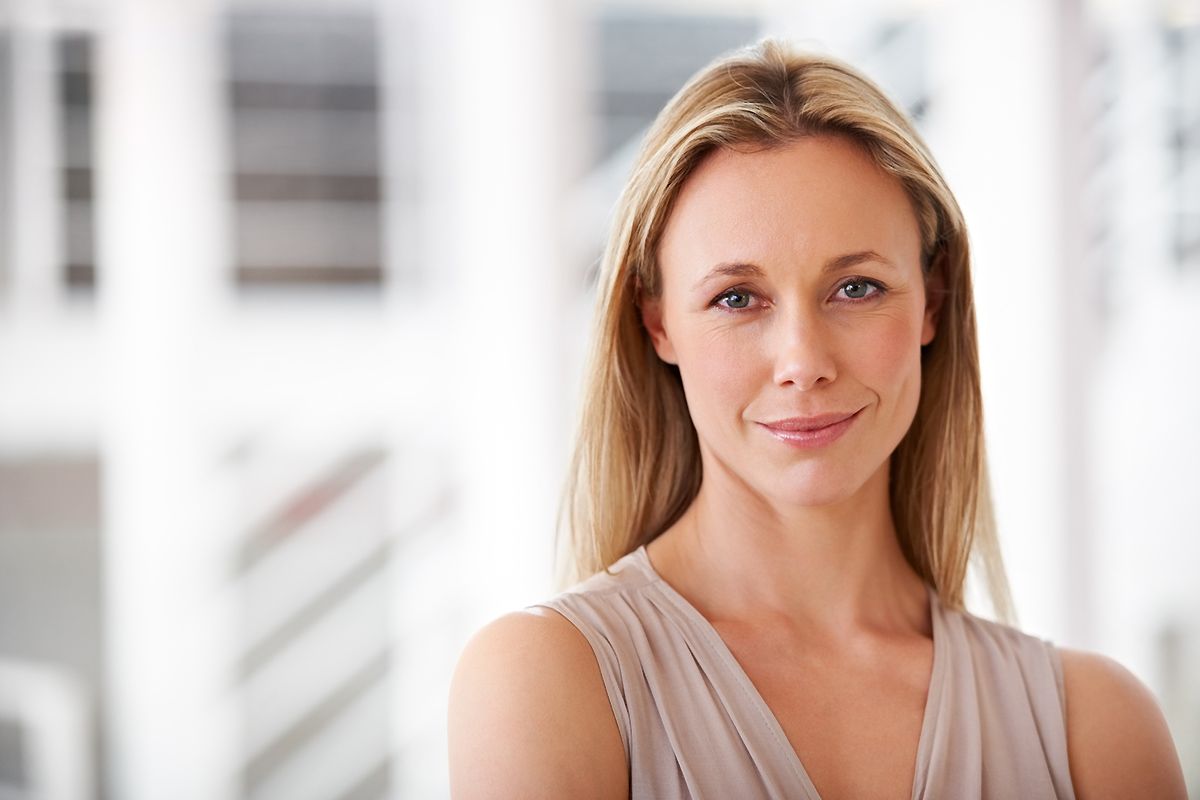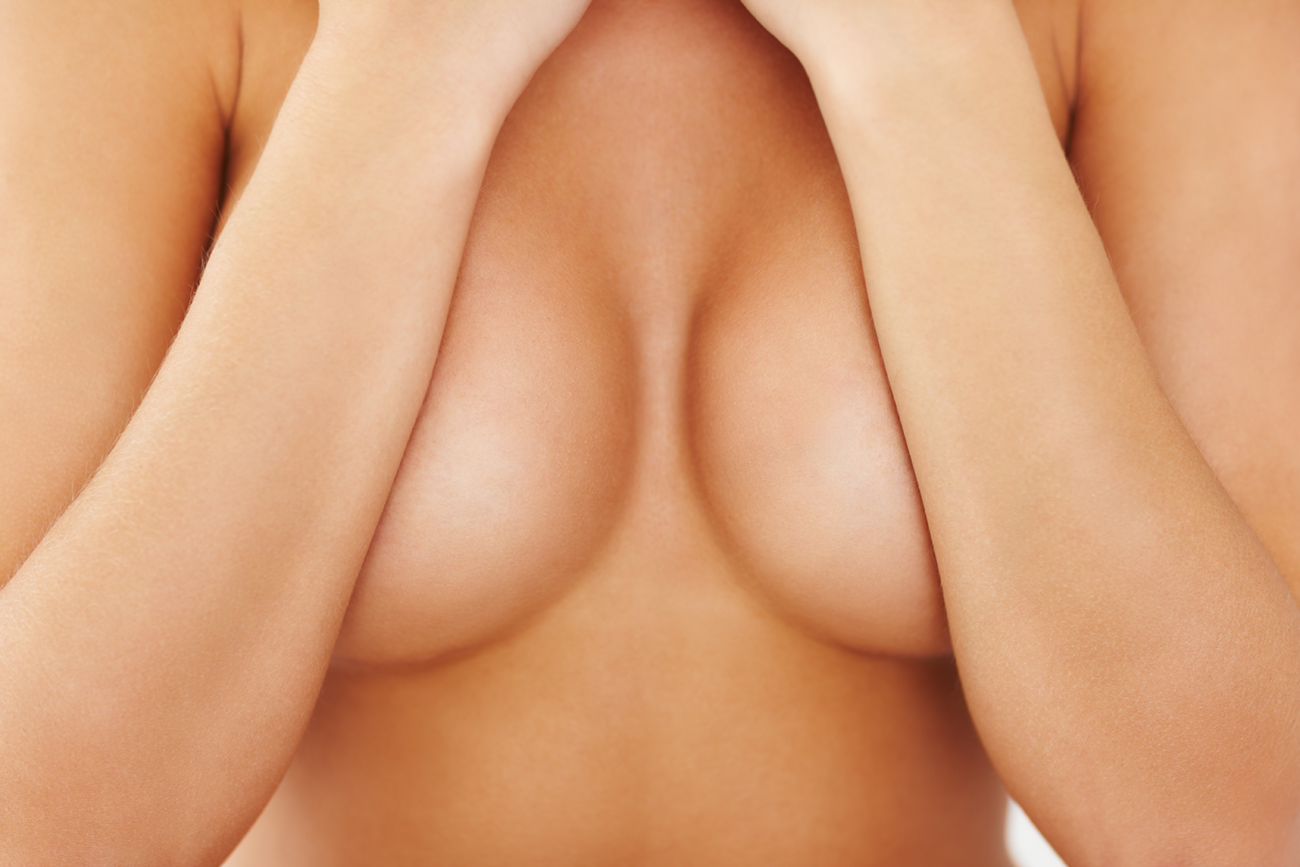How Ethnic Considerations are Shaping Modern Plastic Surgery

You’re scrolling through social media and see flawless transformations attributed to cosmetic surgery. But have you ever paused to think about how these transformations cater to different ethnic backgrounds? As someone who's navigated the world of beauty standards, I can personally attest to the evolving practices in plastic surgery that put diversity at the forefront. This blog explores how cosmetic surgery is increasingly tailored to reflect unique ethnic considerations, including the evolution of procedures and the cultural conversation surrounding beauty.
The Shift in Beauty Standards: More than Just Aesthetic
Historical Context of Beauty
The concept of beauty has changed dramatically over the centuries. What was considered beautiful in one era can seem odd or even unattractive in another. Think about the powdered wigs of the 18th century. They might seem silly now, but they were the height of fashion then.
Beauty standards also vary greatly across cultures. In some regions, fuller bodies are seen as a sign of wealth and health. In others, slender frames are idealized. These cultural implications shape how individuals view themselves and each other. If you were to look back through history, you might see how these ideals influenced art, fashion, and even everyday life.
The Role of Media
Media plays a crucial part in shaping our perceptions of beauty. Whether scrolling through social media or watching TV, the images we consume have a profound effect on our views. As of 2020, only 29% of characters in advertisements represented people of color?
- This marginalization can lead to harmful stereotypes
- It can also push individuals towards unrealistic beauty goals
However, the tide is turning. More inclusive representations have started to appear, celebrating diversity in race, body type, and gender. Brands are beginning to recognize the power of representation, resulting in campaigns that reflect the real world.
The Growing Advocacy for Diverse Body Representations
Today, there is a growing movement advocating for diverse body representations. Beauty has become rich, varied, and deeply personal. You might have noticed this in various campaigns and initiatives. Many organizations are now promoting body positivity, encouraging people to love themselves as they are.
This journey towards an inclusive understanding of beauty is complex. It intertwines with historical contexts and media portrayals that shape public perceptions. While things are improving, there is still room for growth as we move into an age where uniqueness is celebrated.
Cultural Sensitivity in Cosmetic Procedures: Why It Matters
When we think about beauty, it's easy to realize that perceptions differ immensely across cultures. Understanding the unique facial structures and aesthetic values associated with various ethnicities is crucial. For instance, what one culture considers attractive may not hold the same value in another. Have you ever wondered how cosmetic procedures can respect these differences?
Understanding Unique Facial Structures
Each culture has its distinct characteristics. In some cultures, a fuller nose or larger eyes are favored while in others, the opposite may apply. This diversity is what makes the conversation around cosmetic procedures so fascinating. Cosmetic surgeons now cater to these specific features, creating results that resonate with patients' cultural identities.
Specialized Surgeries for Ethnic Characteristics
We've entered an era where patients express desires for procedures that honor their ethnicity. There’s a noticeable growth in specialized surgeries that honor and enhance ethnic characteristics. For example, some surgeons tailor rhinoplasty techniques to accommodate the unique nasal structures prevalent in Asian or African descents. This customization helps patients achieve their desired look without erasing their ethnic identity.
Statistics reveal a significant rise in culturally specific surgeries over recent years. People are seeking procedures that reflect their heritage. They desire a look that celebrates who they are.
Patient-Centric Approaches
In consultations and planning, a patient-centric approach is vital. Actively involving patients in decisions, through questions like “What aspect of your heritage do you want to highlight?” can bring about important insights. This collaborative approach helps build openness and trust.
More and more plastic surgeons now recognize the importance of culturally sensitive care. They prioritize creating highly personalized and meaningful experiences, respecting diverse backgrounds for superior patient outcomes and cosmetic results.
The Role of Social Media: Redefining Perceptions of Beauty
In today's world, social media is everywhere. It’s reshaping how we view beauty on a daily basis. How? It’s driven by influencers, marketing campaigns, and the culture of likes.
Impact of Influencers Advocating for Ethnic Representation
Today's influencers proudly showcase their heritage, expanding the definition of beauty. This powerful presence and visibility empower self-acceptance and unique traits. These voices reshape perceptions, challenging outdated standards. Beauty, they boldly declare, is diverse and inclusive.
Real-Life Cosmetic Success Stories Shared Online
Social media platforms are full of powerful, relatable stories of real-life transformations. These images resonate deeply with users. Sharing cosmetic choices that celebrate diverse beauty inspires others, bringing these discussions into the mainstream.
The 'Like' Culture and Its Effects on Self-Image
Next, let's talk about the culture of likes. Every scroll brings new images boasting likes and comments. But what does that do to our self-image? It can be a double-edged sword.
Let’s look at the “like” culture: Every scroll puts on blast new images boasting likes, shares, and comments. But how does this affect our self-worth? It's a complicated issue, a double-edged sword.
- On one hand, likes can boost confidence and validation
- On the other hand, they can spark unhealthy comparisons
With every post, there's a reminder of society's ever-changing beauty standards. It's essential to remember that likes don’t define your worth.
This vibrant world of social media continues to play a significant role in shaping perceptions about beauty and cosmetic surgery. Platforms like Instagram and TikTok are not just sharing tools; they're changing how we define and embrace beauty.
User Engagement with Inclusive Beauty Content
Statistics show inclusive beauty content really connects! High engagement proves beauty standards are shifting. This resonates deeply, making people feel seen and valued. Social media's impact is huge; user content will keep pushing the boundaries and driving new beauty norms into the spotlight.
The Future of Inclusivity in Beauty: Predictions for the Next Decade
Beauty's evolving! We're moving past one-size-fits-all to a world embracing diverse, unique identities. Inclusive beauty isn't a trend; it's essential. What will this exciting shift look like for cosmetic surgery?
Preserving Identity, Enhancing Beauty
Modern plastic surgeons recognize that patients from diverse ethnic backgrounds often seek to enhance their features while maintaining their cultural identity. This shift has led to more personalized approaches that respect ethnic traits rather than attempting to "Westernize" appearances.
Tailored Techniques
Surgeons are adapting their techniques to cater to the unique characteristics of different ethnicities. For example:
- Rhinoplasty for African American patients focuses on refining nasal features while preserving ethnic distinctiveness
.
- Asian eyelid surgery aims to create a wider, fuller eye that remains natural-looking and almond-shaped
Cultural Competence
Plastic surgeons are now expected to have an understanding of the cultural preferences and beauty ideals of various ethnic groups. This cultural competence is crucial for achieving results that align with patients' expectations and values.
Addressing Unique Challenges
Ethnic considerations extend beyond aesthetics to include potential complications. For example, patients with darker skin tones may be more susceptible to keloid scarring, requiring surgeons to employ specialized techniques and post-operative care.
Changing Demographics
As cosmetic surgery becomes more mainstream across all ethnicities, the patient base is diversifying. In 2020, 32% of all cosmetic plastic surgery patients in the US were Asian, Black, or Hispanic. This trend underscores the importance of ethnic considerations in modern plastic surgery practice.
As modern plastic surgery evolves, the commitment to inclusivity continues to grow. The future of plastic surgery promises personalized, culturally attuned solutions that allow everyone to express their unique beauty with confidence.
Learn More About Personalized Cosmetic Surgery for You!
Dr. Sean Saadat is a Beverly Hills Plastic Surgeon specializing in advanced facial and body rejuvenation techniques. Schedule a virtual or in-person consultation to discuss your unique beauty goals with Dr. Sean: Text or Call (310) 269-7173 or Email: contact@drseanplasticsurgery.com

